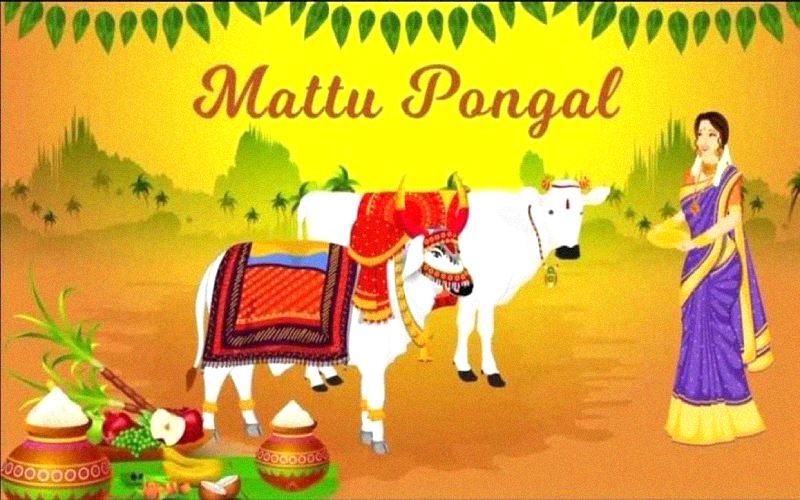
The Harvest Festival & its Significance
Indians lived in towns, villages, forts, and forests. Some of them entered commercial activities by living in coastal regions. Interactions were common between the residents of the various regions. Calling a civilization pastoral or city-based appears to be cliched. The pastoral Indians, the farmer, the trader, and the priest, exchanged products and services over millennia. They celebrated every aspect of their day-to-day worship in the form of festivals. Therefore, one can find an Indian celebrating every moment of each day in some part of the country. However, some festivals are celebrated by a larger section of the society. These festivals can be called as thanksgiving.
The Harvest Festival is one such thanksgiving celebration. It is celebrated on the first day of Thai (Tamil month). This festival is also known as Sankraanthi. The celebrations are very popular in the villages. People make the Pongal (A food made from freshly harvested rice grains) and offer it to God. This festival is celebrated for two days. The first day is Sankraanthi Pongal and the second day is celebrated as Maattu Pongal.
The family members begin to prepare themselves for Pongal during the month of Margazhi. Houses will be cleaned and whitewashed. They will make cow dung patties for using it as fuel while making Pongal. The lady of the house would make dung cones every day and place it on a pedestal. Thereafter, the dung cones will be made into patties. They would celebrate the month by reciting, ‘Thiruppavai,’ composed by the Poetess-divine Aandaal. Flavoured rice would be cooked and offered to the deities at home.
Marghazhi would be the time when the air would be the best in this part of the world. Temples would open early, and everyone would visit the temples every day. Some women will go the extra length by drawing colourful designs (Kolam/rangoli) at the temple entrances. Kanmani and her friends of Sivakasi are well known for their lovely kolam-s in their neighbourhood temple. They get up pretty early and involve themselves in creating attractive rangoli designs every day during Marghazhi.
All the unwanted stuff is accumulated while white washing the homes and they are usually set on fire on the day prior to Pongal. This day is known as Bhogi. It is better to dispose our current waste properly, for we have begun to use plastics and toxic materials. Well, Maattu Pongal is the day when they celebrate the cow and its family. The cows, calves and bulls would be given a bath early that day. They would be decorated with colours. Bells and anklets would add to their looks and horns will get painted. The animals will be given a new set of ropes on that day. Cowherds will apply turmeric and vermillion on them. Vegetable garlands would be strung and the same would adorn the cows. Some of them will make appam-s and vadai-s to feed the cows.
Pongal will normally be made in three containers. New pots would have been acquired. Some households use the old metal ones that would be hundreds of years old. They would just use them during the Pongal Festival. The ladies of the household would first pour milk into the pots and let them boil. They will normally recite, ‘Vishnu Sahasranamam,’ ‘Thevaaram,’ ‘Thiruvaasagam,’ or a hymn of their choice. The milk would expand due to the heat and will brim out. They will thank God by exclaiming, “Pongalo Pongal, Maattu Pongal.” The entire family would be ready to see the milk overflowing from the pots. Thereafter, the rice would be included in the pots, and they would begin to stir until the rice is cooked. It would take some time which will be done carefully. A part of the Pongal will become sarkarai or sweet with the addition of ghee, jaggery, raisins, and cashews fried in ghee.
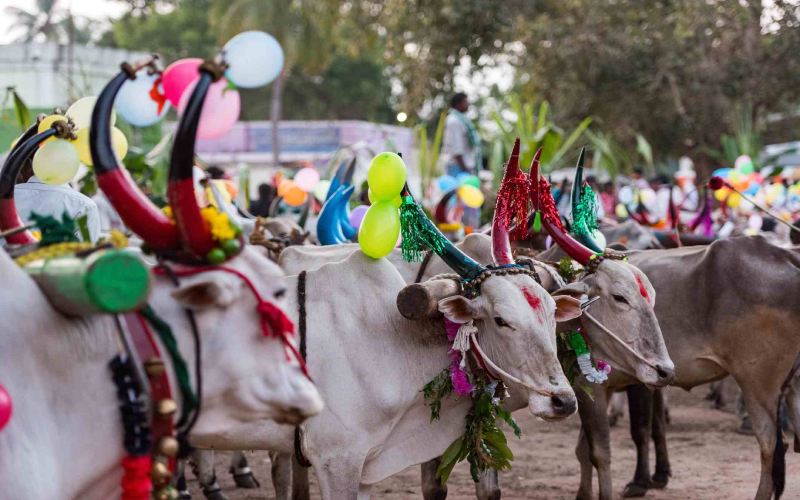
The cooked Pongal, vadai-s and appam-s would be kept ready in front of the cows. The cow will enter the household and the women would decorate the tail with turmeric paste and vermillion. Garlands and fruit garlands will be offered to the cow, and it will be made to walk on a tiny structure that would have been created for the purpose. An aarathi will normally be offered and the members of the family will offer flowers and circumambulate the cow. Come evening and the cow will be taken to a temple. All of them in the locality would normally go to the same temple. The streets will be full of cows travelling to the temple.
Cows will be dressed in some sarees or dhotis before visiting the temple and those belonging to the family of the Merchant-Prince Vysya Bhushanam P. A. Raju Chettiar used to be dressed in conjeevarams. They will be adorned with ornaments from the iconic shop belonging to P. A. Raju Chettiar. The waist belt or the odiyaanam will be placed on the hump and bangles will be placed on the horns. Chains and necklaces will be placed around the neck. Small necklaces and anklets will add to the beauty of the feet of the cow. Gem studded ornaments will make them look colourful. The cow was known as Mother Lakshmi. Old timers who are into their eighties remember the lovely cow. It was believed that the family and business would flourish because of this practice.
Maattu Pongal was thus celebrated by the people of the yonder days. It was a moment to cherish the cow and its family. Arti Agarwal, the author of ‘Cownomics,’ has elucidated on the cow economy. It is valid even today. There were times when wealth was measured in terms of the number of cows found in a country or with a family. Annual stock taking of the cows was a feature. It was akin to the stock taking on 31st March by the chartered-accountants year on year.
The purana-s and epics throw a lot of light on this. Cows are the wealth of a family. India that is Bharat was known for the huge variety of cows. The cow diversity added to the wealth of its people. From the Punganoor to the Tharparker, the numerous varieties added to the wellbeing of the people. The products from the cow could be used to create a pharmacy says Arti Agarwal, the famous writer, research scholar and TV panelist. She has interacted with the Verandah Club on the subject cow.
The Maattu Pongal festivities kind of create awareness about the importance of the cow. Indian Cow is therefore divine, and our country reveres it. We pray to Kamadhenu, the Divine Cow. This cow came out of the milk ocean at the time when the deva-s and asuraa-s churned the milk ocean. The churning had brought out all the forms of wealth. The Goddess of Wealth, Mahalakshmi, also came out of the ocean and married Lord Vishnu. Saint Vadiraja has written about this in his seminal work, ‘Lakshmi Shobane.’
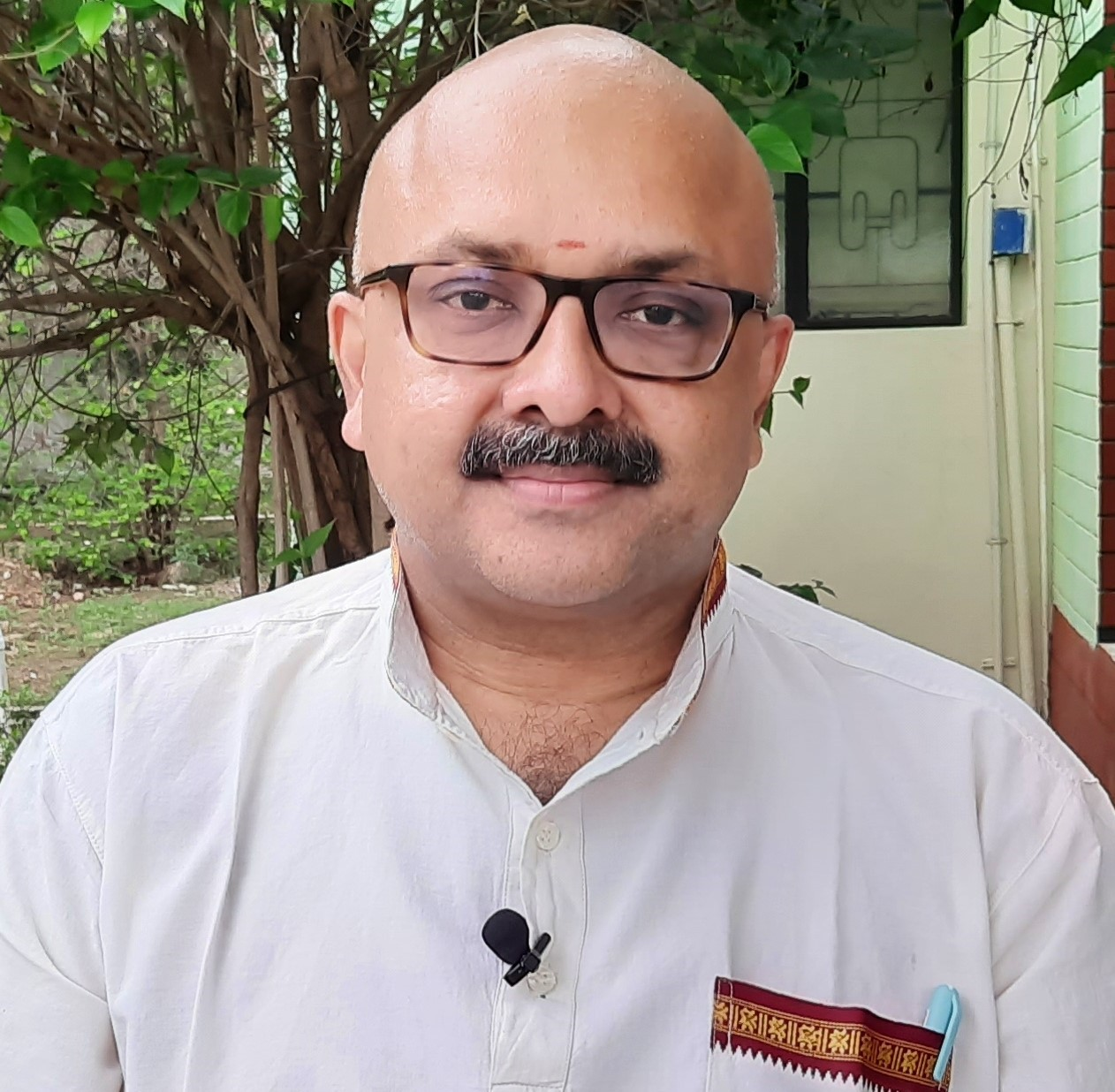
Mr. Rajesh Govindarajulu is one of the founding members of the Verandah Club Pvt. Ltd. He is a leading columnist, historian, jeweler, entrepreneur, and a heritage enthusiast who is earnestly working to revive the past in the light of the present. Experiential learning about the history of Coimbatore is his main course of interest and he is also a panel member of many colleges in the city.
NEXT ARTICLE
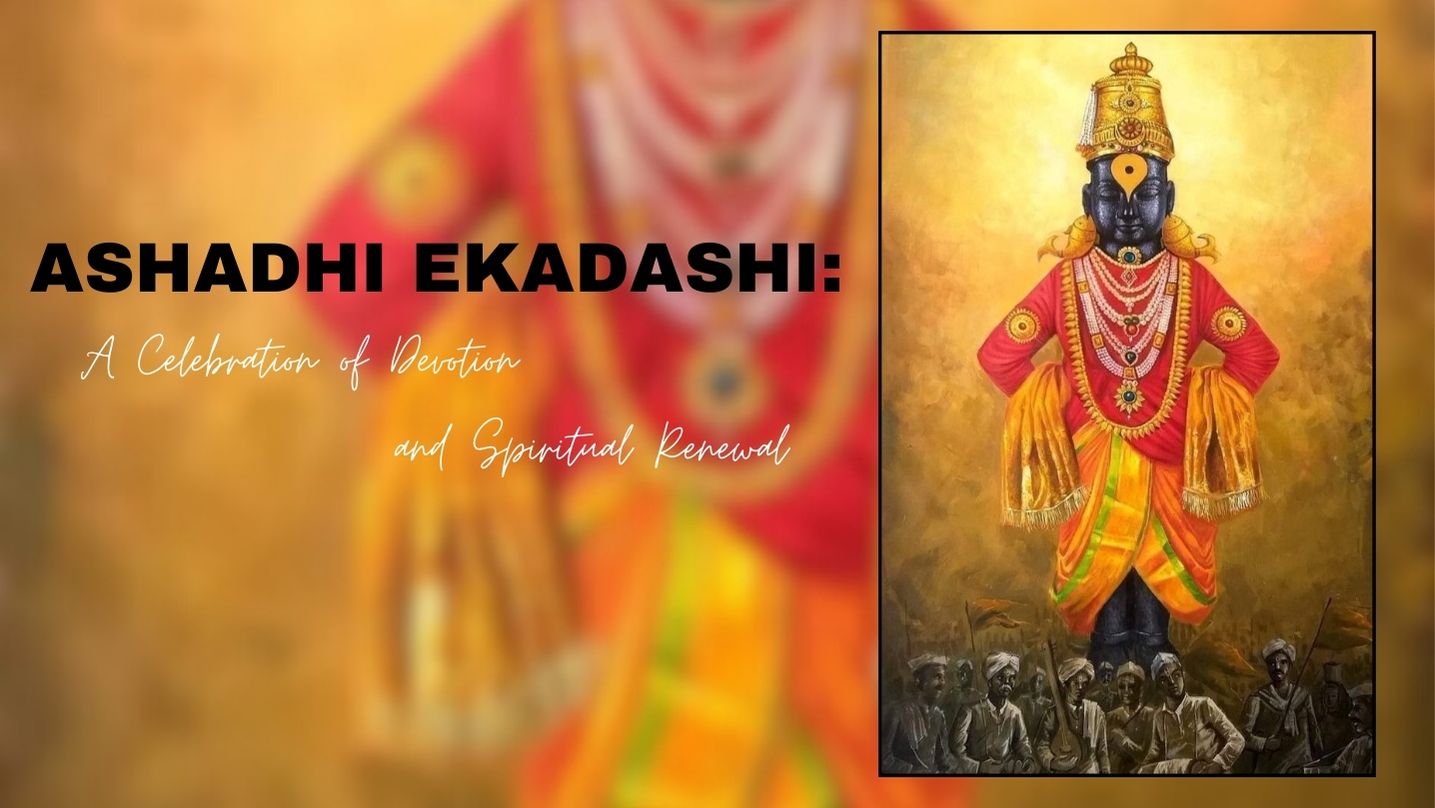
Ashadhi Ekadashi, also known as Shayani Ekadashi, falls on the 11th lunar day (Ekadashi) of the bright fortnight (Shukla Paksha) of the Hindu month of...
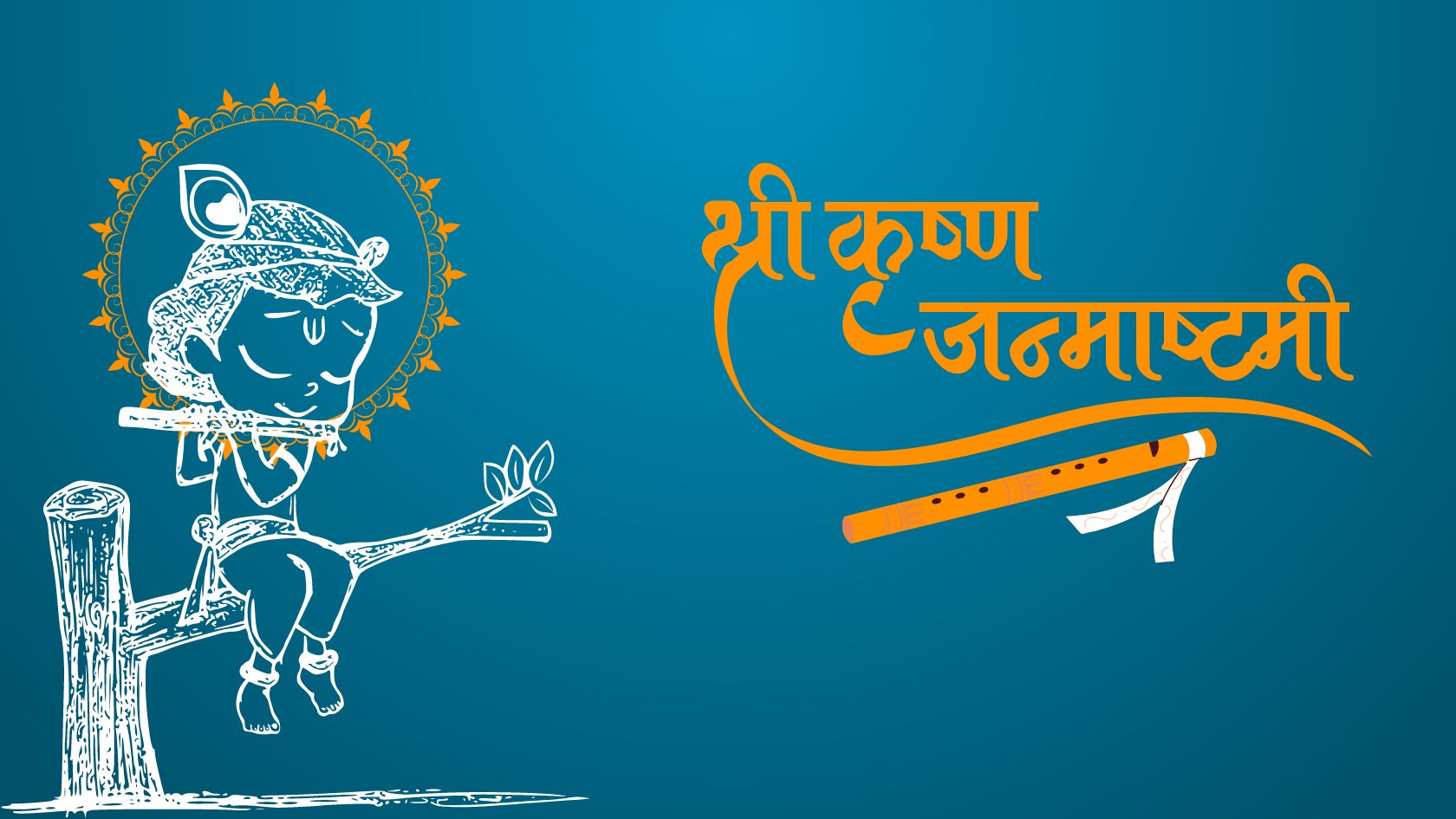
Every year, as the monsoon rains dance on the fields of India, an ancient story unfolds in the hearts of millions. It is the story of Krishna, the bel...
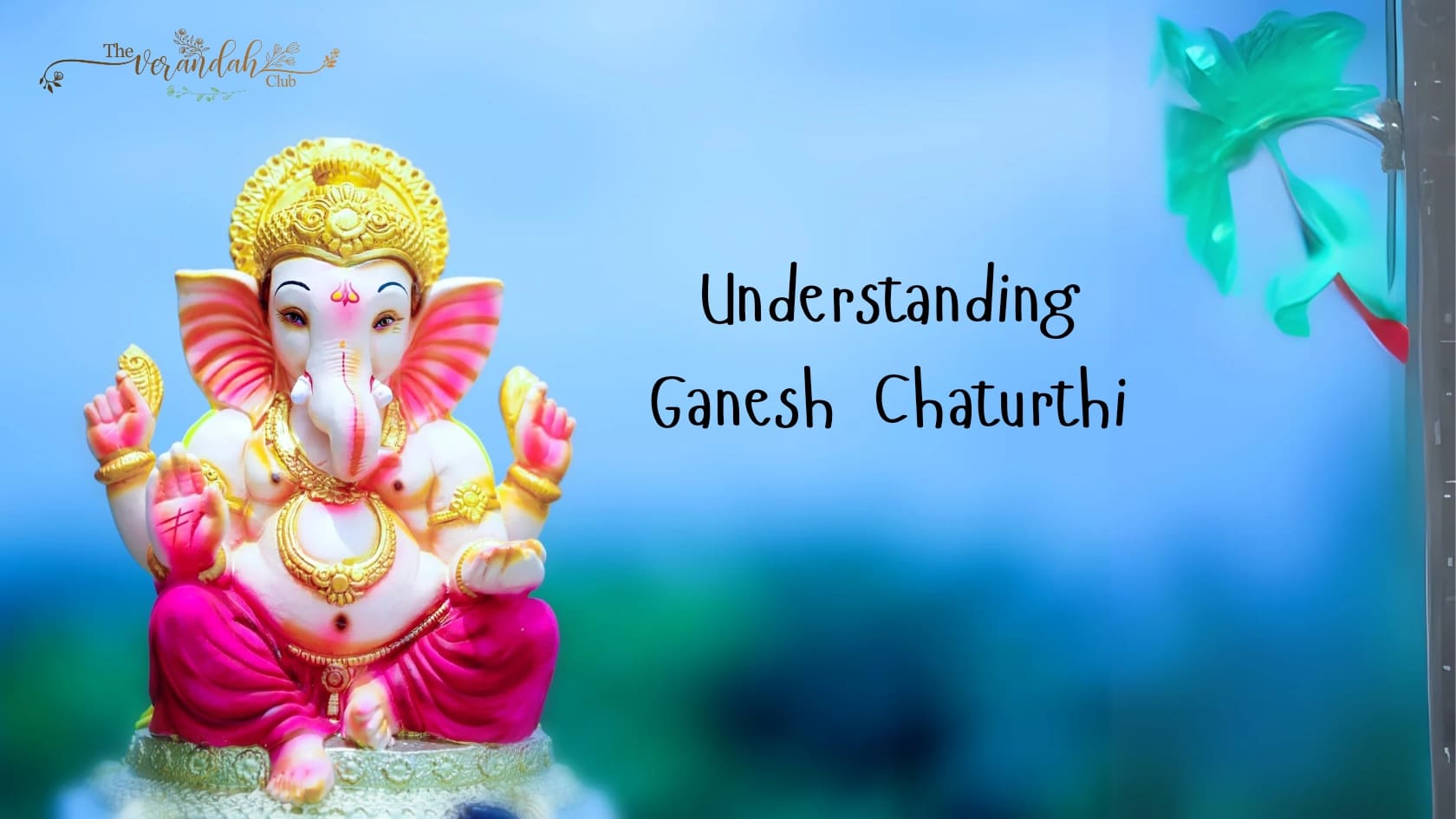
Ganesh Chaturthi, also known as Vinayaka Chaturthi, is a significant Hindu festival that honors Lord Ganesha, the deity revered as the remover of obst...